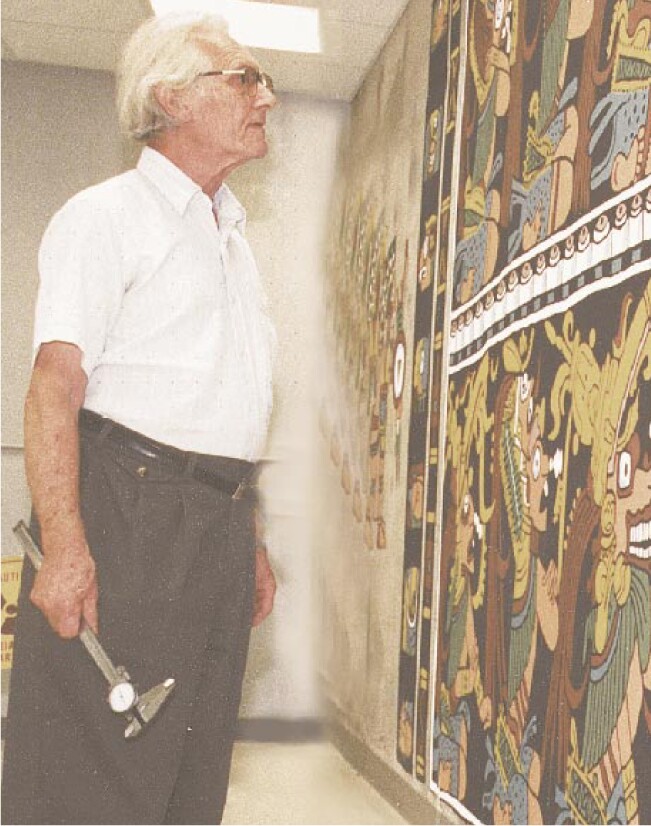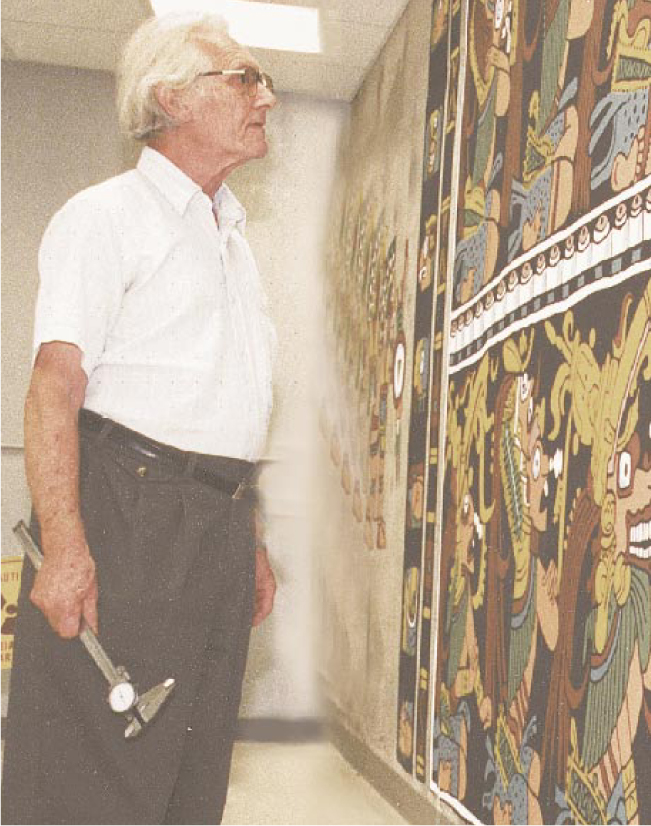Stanley Kronenberg
DOI: 10.1063/1.1397404
Stanley Kronenberg, a nuclear physicist and authority on nuclear-radiation technology and detectors, died from a heart attack at his home in Skillman, New Jersey, on 9 December 2000.
Born on 3 May 1927 in Krosno, Poland, Kronenberg received his PhD in physics from the University of Vienna in 1952. His thesis was on atomic weapon design; at that time, such information and work in the US was classified by the US government.
In 1953, the US State Department offered Kronenberg a position as a nuclear research scientist at the US Army’s Nuclear Radiation Laboratory in Fort Monmouth, New Jersey. Subsequently, he commenced a productive 47-year career at Fort Monmouth, during which he published nearly 100 papers on nuclear radiation detection and measurement. He also was awarded 22 patents for work in that field.
Kronenberg was one of the few people in the US who could design, arm, and disarm a nuclear weapon. From the 1960s through 1970, he devised and carried out radiation experiments for every atomic bomb test in the Pacific, then at most of the aboveground nuclear tests in Nevada, and at some of the underground tests. In one aboveground bomb test in Nevada, he actually climbed the tower on which a nuclear weapon had misfired and disarmed it.
His most significant contribution to US atomic bomb research was the experiment he designed in 1968 to measure the radiation in the environment following a nuclear explosion. The design covered a timescale from a fraction of a nanosecond to hours after the event. The experimental setup involved 100 Tektronix oscilloscopes with 0.3-ns rise times that were arranged to trigger at various times after the event to cover the total timescale. He used a SEMIRAD detector, which he invented specifically for this experiment, to measure the nuclear environment. The data, still highly classified, significantly contributed to the US effort in nuclear weapons design. It was not widely known that Kronenberg was responsible for designing this experiment and successfully acquiring such important data.
From 1962 to 1983, Kronenberg served as the director of the Evans Laboratory nuclear radiation division at Fort Monmouth. He then abdicated the management position and turned his attention solely to radiation research, which was his first love.
Kronenberg received numerous honors and awards, among them the Meritorious Civil Service Medal (1966); four Department of the Army Research and Development Achievement Awards (1968, 1971, 1972, and 1976); and the Federal Emergency Management Agency Outstanding Public Service Award (1986).
Among his many talents, Kronenberg was an expert watchmaker, machinist, and mechanical designer who could operate any machine shop equipment with high precision. He designed and fabricated his experimental setups in a matter of a few days. His second love was collecting Polish postage stamps. Kronenberg was an international expert who determined, for collectors and auctioneers, whether stamps were genuine or forgeries. About 100 publications about stamps and related subjects bear his name.
Kronenberg was also quite an artist. The photograph accompanying this obituary shows him standing in front of a 30-foot-wide by 9-foot-high mural that he painted on his concrete laboratory wall; he completed the work in February 2000. The mural depicts seven Mayan gods creating the universe. His inspiration was a vase found in the Mayan ruins, and the original painting was in black and white.
Kronenberg was a gentle man who had affection and concern for others. He was available with help or advice on any problem or project, whether private or official. We will sorely miss him.


More about the Authors
George Brucker. 1 Fort Monmouth, New Jersey, US .
Carl Accardo. 2 Massachusetts Institute of Technology, Cambridge, Massachusetts, US .
